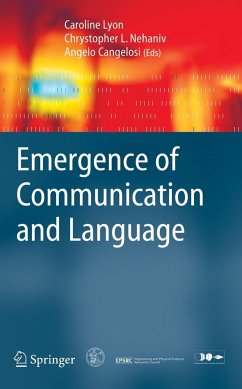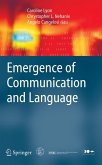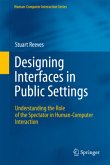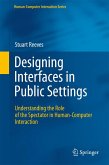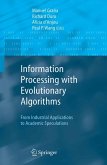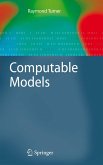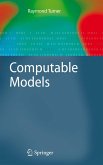Current Work and Open Problems: A Road-Map for Research into the Emergence of Communication and Language Chrystopher L. Nehaniv, Caroline Lyon, and Angelo Cangelosi 1.1. Introduction This book brings together work on the emergence of communication and language from researchers working in a broad array of scientific paradigms in North America, Europe, Japan and Africa. We hope that its multi-disciplinary approach will encourage cross-fertilization and promote further advances in this active research field. The volume draws on diverse disciplines, including linguistics, psychology, neuroscience, ethology, anthropology, robotics, and computer science. Computational simulations of the emergence of phenomena associated with communication and language play a key role in illuminating some of the most significant issues, and the renewed scientific interest in language emergence has benefited greatly from research in Artificial Intelligence and Cognitive Science. The book starts with thisroad map chapter by the editors, pointing to the ways in which disparate disciplines can inform and stimulate each other. It examines the role of simulations as a novel way to express theories in science, and their contribution to the development of a new approach to the study of the emergence of communication and language. We will also discuss and collect the most promising directions and grand challenge problems for future research. The present volume, is organized into three parts: I. Empirical Investi- tions on Human Language, II. Synthesis and Simulation of Communication and Language in Artificial Systems, and III. Insights from Animal Communication.
Bitte wählen Sie Ihr Anliegen aus.
Rechnungen
Retourenschein anfordern
Bestellstatus
Storno

